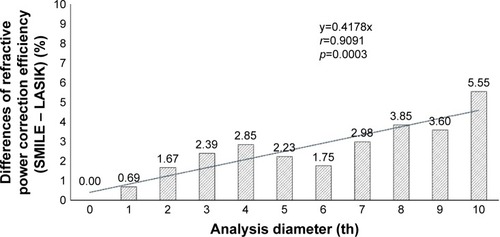Figures & data
Table 1 Preoperative patient demographic information
Figure 1 Representative image of corneal topography and analysis points in SMILE and LASIK groups.
Abbreviation: SMILE, small incision lenticule extraction.
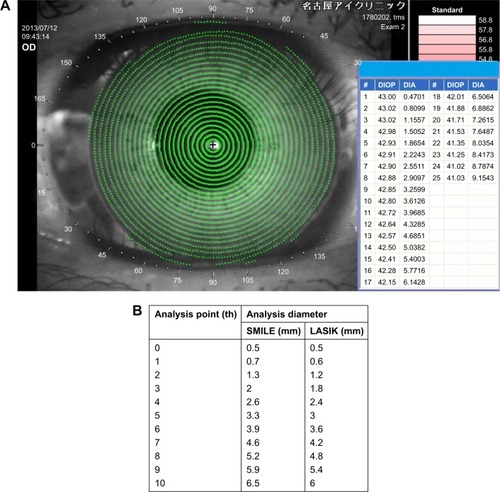
Figure 2 Visual outcomes in SMILE and LASIK groups.
Abbreviations: CDVA, corrected distance visual acuity; SMILE, small incision lenticule extraction; UDVA, uncorrected distance visual acuity.
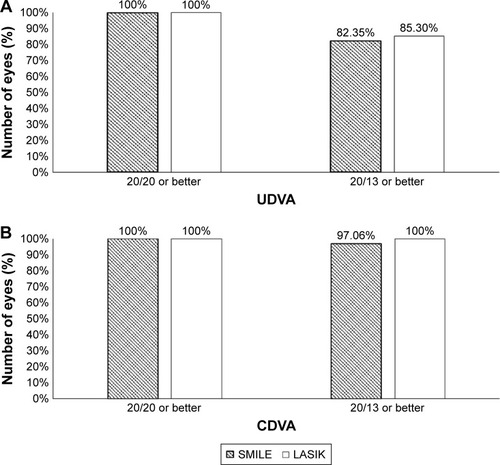
Figure 3 Distribution of the change in Snellen lines of CDVA.
Abbreviations: CDVA, corrected distance visual acuity; SMILE, small incision lenticule extraction.
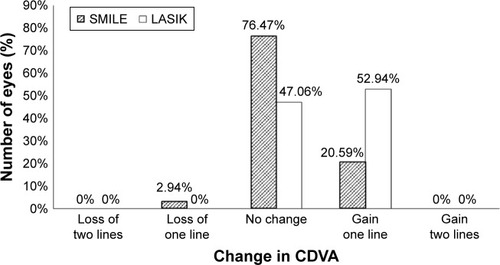
Table 2 Comparison of postoperative refractive outcomes between SMILE and LASIK groups
Figure 4 Comparison of the predictability between the SMILE and LASIK groups.
Abbreviation: SMILE, small incision lenticule extraction.
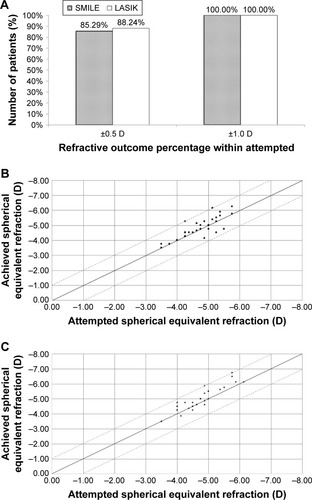
Figure 5 Changes in the refractive power correction efficiency (1st–10th analysis diameter).
Abbreviation: SMILE, small incision lenticule extraction.
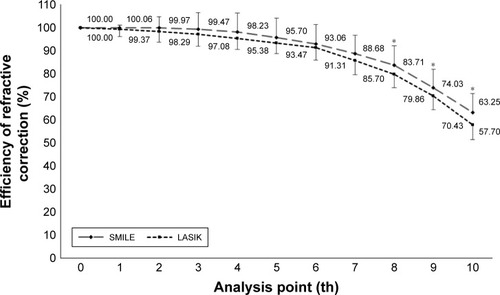
Figure 6 Changes in differences in refractive power correction efficiency (1st–10th analysis diameter) between SMILE and LASIK.
Abbreviation: SMILE, small incision lenticule extraction.
